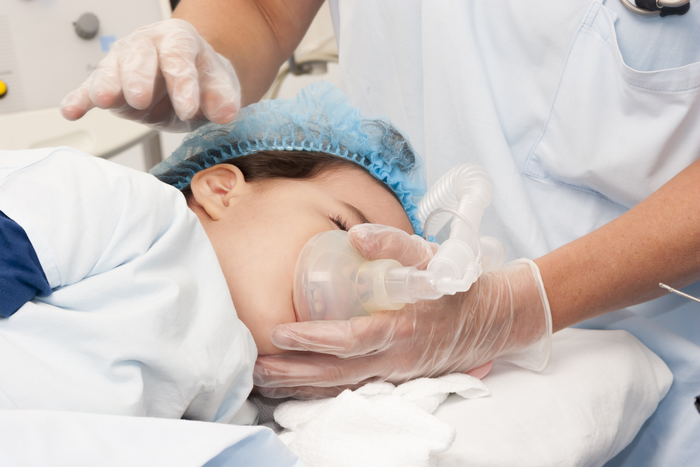
For those working in the hospital setting, you may give your portable suction units little thought. Most hospital workers depend on wall-mounted units, which are plumbed and ready to go. You may go years without needing a portable unit. But when you DO need it, there had better be one available.
So, to ensure your facility is ready for such emergencies, here are three best practices for in-hospital portable suction.
1. How Many Units?
One of the fundamental aspects of readiness is preplanning. And when it comes to in-hospital portable suction, foreseeing your needs is the first step in preparation. When deciding how many units your hospital needs, here are a few considerations:
- Size of the facility. Larger hospitals will have lengthier transport times when moving patients from one unit to another.
- Number of beds. The smaller the hospital, the fewer portable suction units needed.
- Number of patients treated per year (for emergency rooms). For high-volume ERs, you may want to station a portable suction unit in each pod/section.
- Where will the units go? Strategically place the units where they will be easy to locate, easy to grab, and close by. Locations should include:
- Near each code cart
- On every floor
- Near the exit to the parking area
- In each department
- Where/how NOT to place the portable suction machine:
- Where temperature extremes are a possibility (outdoors)
- Where they might get wet
- Loose and unsecured, to ensure the unit cannot be damaged by careless handling
- Avoid areas of high dust and debris, like construction zones
2. Maintaining Your Units
Someone must be charged with maintaining the portable suction units in your facility. They should be included in daily maintenance routines, such as checking out the code carts. Daily maintenance should include:
- Turning on the unit
- Checking battery life
- Checking suction pressure
- Replacing low/dead batteries
- Ensuring all accessories are in place, such as:
- Catheters
- Tubing
- Batteries
- Know where backups are stored
- Cleanliness. Be sure the unit is disinfected after each use
- Training:
- Ensure all personnel are familiar with the unit’s functionality and accessories
- Personnel are comfortable operating the portable suction
- Encourage all to take part in maintaining the units
- Incorporate the suction unit into mega-code scenarios
- Include suction as part of ACLS and BLS recertification training
Another important aspect of maintenance is to include the portable suction unit as part of the code cart. If you are called to respond to a patient down, be they in a hallway or the parking lot, be sure that the portable suction unit is part of your response.
3. Don't Forget the Power
To ensure your portable suction unit is ready and able to perform, you must have adequate power. Most portable units rely on rechargeable batteries. But these batteries must be maintained and must be exchanged for new when they no longer hold a charge.
There are alternative power sources available. Some can even run on defibrillator batteries. In the event of a mass casualty or a natural disaster, you may need portable suction units that can utilize alkaline batteries. When planning for special events, be sure your portable suction units are part of the plan!
In-hospital portable suction units are a vital aspect of patient care, even if they aren't part of the front-line assemblage. It is imperative that your facility has enough units to meet its needs, the units are properly maintained, and that adequate power sources are available during critical events. Consider each of these factors when deciding on replacement units, to ensure your facility meets all its portable suction unit needs.















